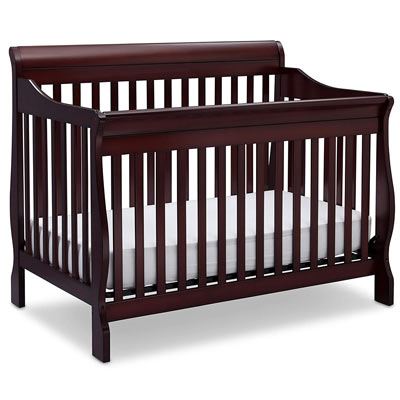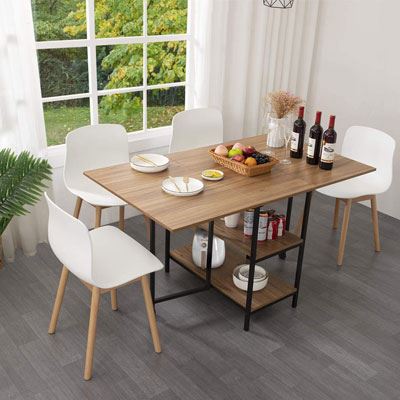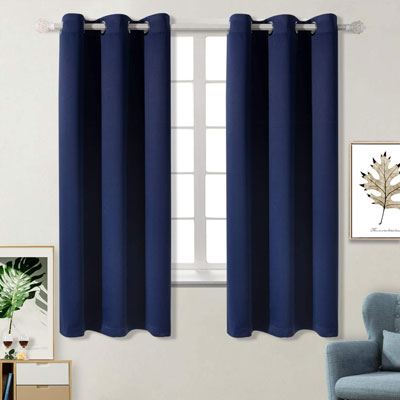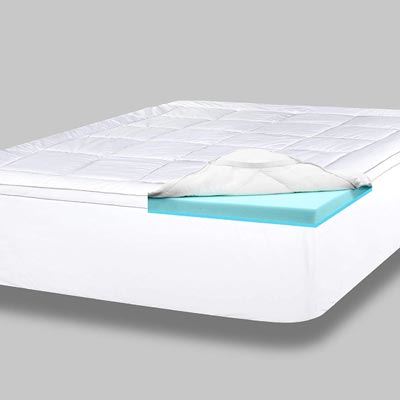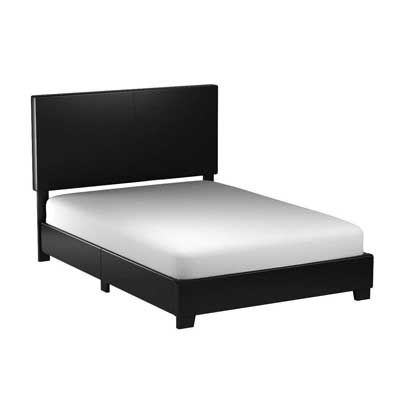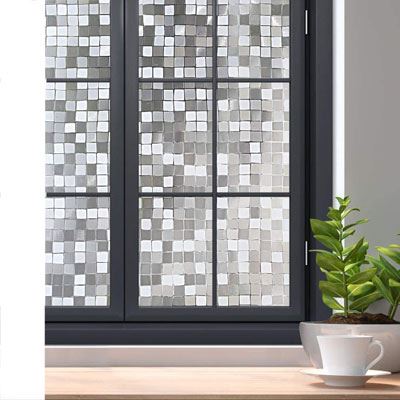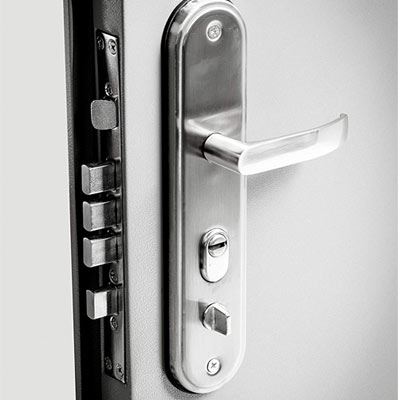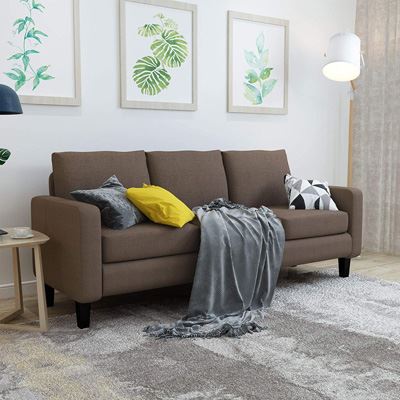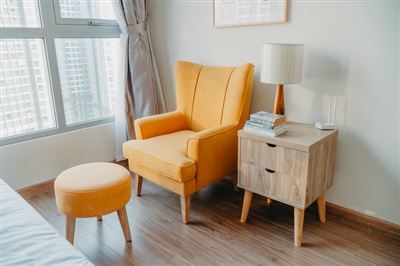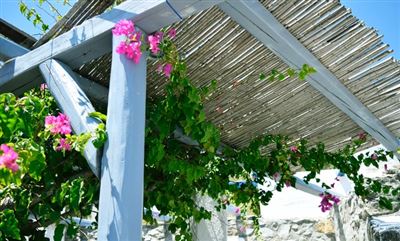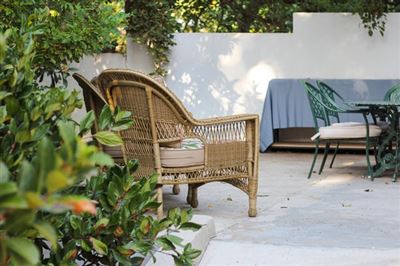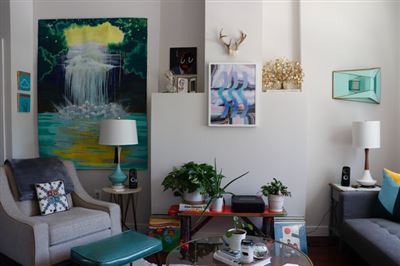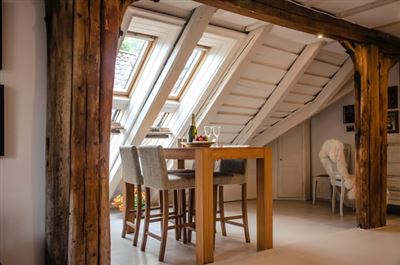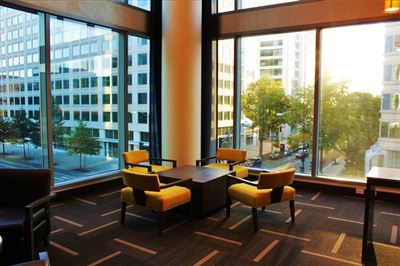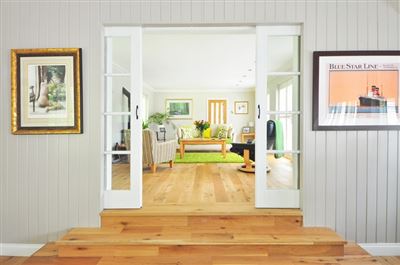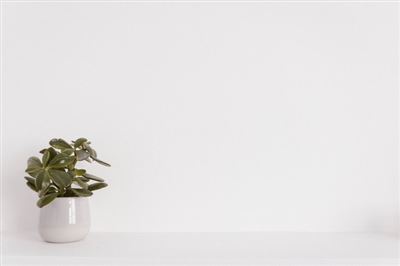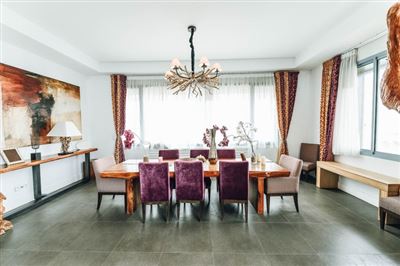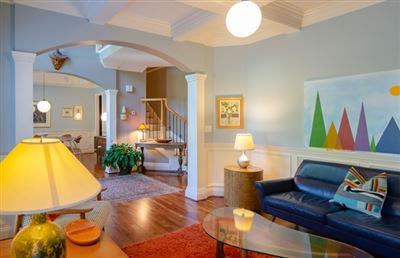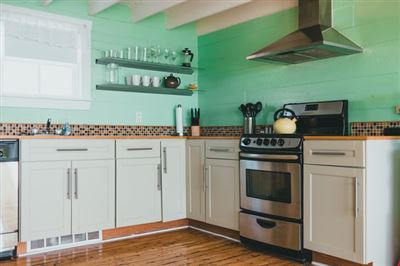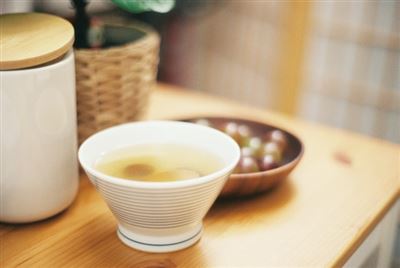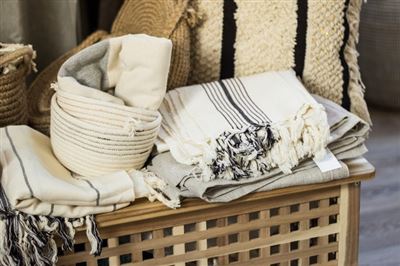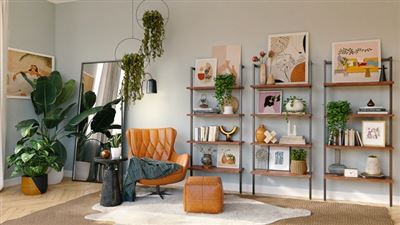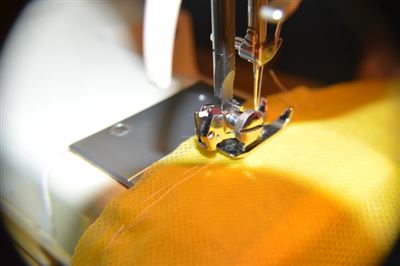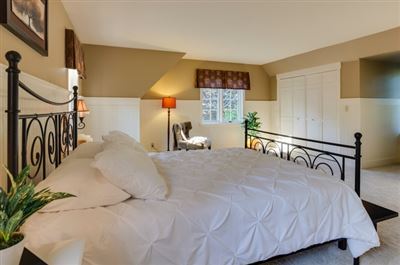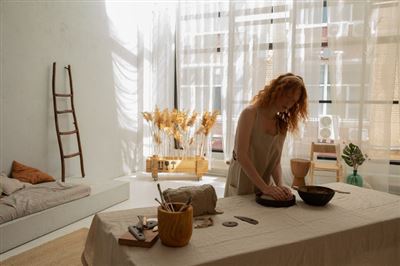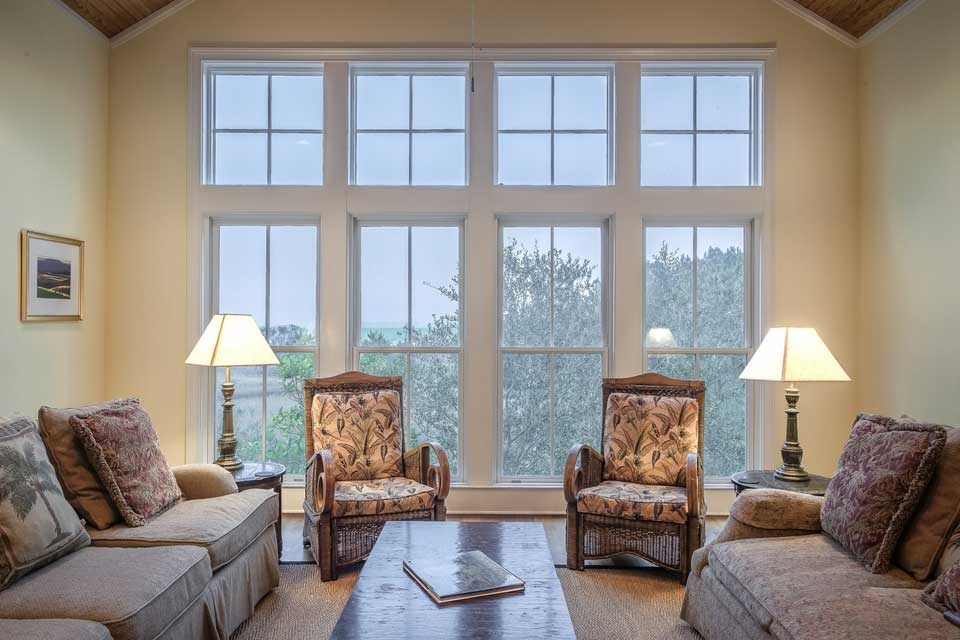
The purchase of door and window glass can be considered from the following aspects.
1. Ordinary tempered glass
Tempered glass is also called strengthened glass. It is a glass that is specially treated by a method of rapid cooling after heating to a certain temperature, or a chemical method.
Its characteristic is high strength, and its bending strength and impact strength are 3~5 times higher than ordinary flat glass. It has good safety performance, uniform internal stress, and network cracks after being broken. Mainly used for doors and windows, partition walls and cabinet doors.
Tempered glass is also resistant to acid and alkali. The general thickness is 2 mm ~ 5 mm.
Its size is 400 mm x 900 mm, 500 mm x 1200 mm.
If tempered glass is used for both indoor and outdoor glass, the impact resistance and safety of the glass are greatly improved both indoors and outdoors.
2. Heat-absorbing coated glass

For Chaoyang rooms, heat-absorbing coated glass can be used on the outdoor side of the living room, and ordinary white glass can be used on the indoor side. As the heat-absorbing glass absorbs infrared light, it can attenuate 20% ~ 30% of solar radiation, thereby reducing the heat energy entering the room. In summer, it can reduce the load of air conditioning; in winter, its own temperature rises due to the absorption of infrared light, thereby It can withstand the external cold and can also achieve energy-saving effects. Because the heat-absorbing glass is colored glass, the decorative effect is also obvious while saving energy.
3. Special multi-layer composite insulating glass

Because there is a metal wire or wire mesh as a supporting frame in the middle of the wire glass, it has a certain safety and fire protection function, and is mainly used for inlays in fire doors, windows, partition walls and other places that need fire prevention and earthquake resistance.
Multi-layer composite glass can also provide anti-theft, bullet-proof, and anti-riot performance. This kind of glass is sandwiched between two or three layers of tempered glass, and it is called multi-layer composite laminated glass.
Due to the use of toughened glass, its impact resistance will be greatly improved, and once it is broken, the glass slag will not fall off due to the adhesion of the intermediate film. It can play a blocking role, and the installation of special multi-layer composite insulating glass can increase the safety factor of the room.
4. Insulating glass is more energy-efficient
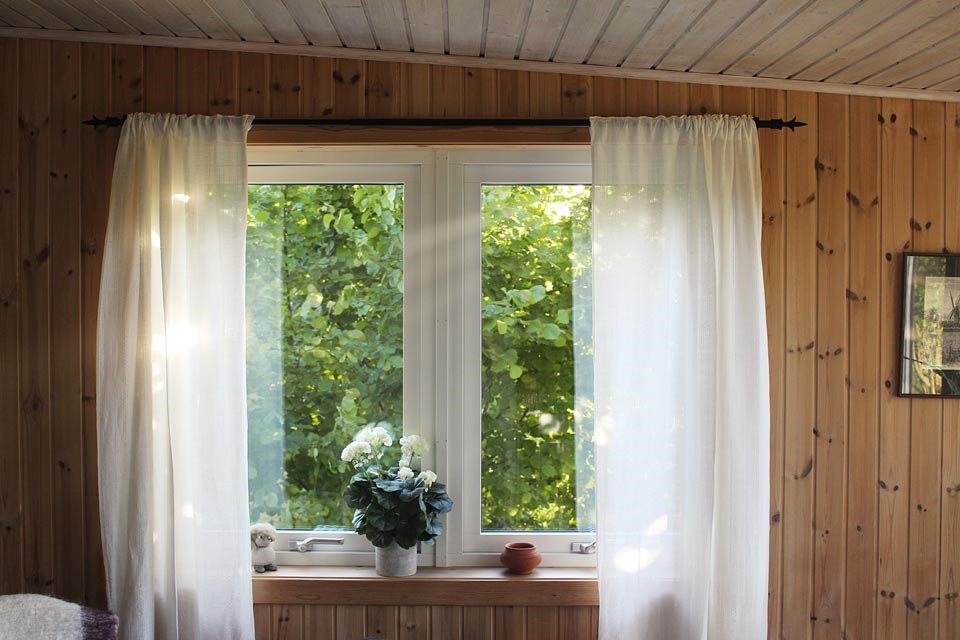
Insulating glass is composed of two or more layers of ordinary flat glass.
Use a high-strength, high-air-tight composite adhesive around the two or more pieces of glass to be bonded and sealed with the sealing strip and the glass strip, filled with dry gas in the middle, and filled with desiccant in the frame to ensure the drying of the air between the glass degree.
Its characteristic is that it has good heat preservation, heat insulation, sound insulation and other properties due to leaving a certain gap.
Mainly used for the outer glass decoration of heating, air-conditioning and noise reduction facilities. Its optical performance, thermal conductivity, and sound insulation coefficient should all comply with national standards. Therefore, compared with monolithic glass, the insulation performance of insulating glass can be increased twice, and the power consumption of air-conditioned buildings can be greatly reduced.
5. Flat glass
Plate glass is a traditional glass product, mainly used for doors and windows, and plays a role of light transmission, wind shielding and heat preservation. It is required to be colorless, with good transparency, smooth and flat surface, without defects.
The thickness of the flat glass is divided into 2 mm, 3 mm, 4 mm, 5 mm, 6 mm, and the size of the single piece is 300 mm x 900 mm, 400 mm x 1600 mm and 600 mm x 200 mm.
The visible light reflectance is 7%, and the light transmittance is 82% to 90%.
